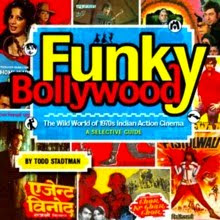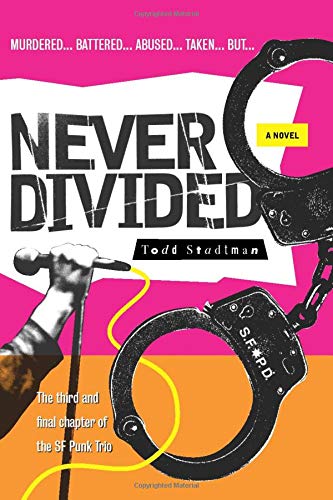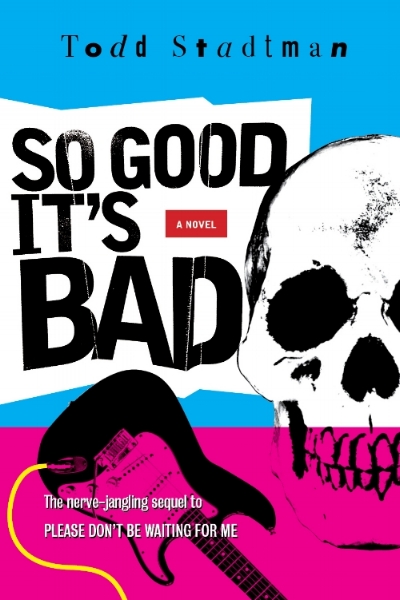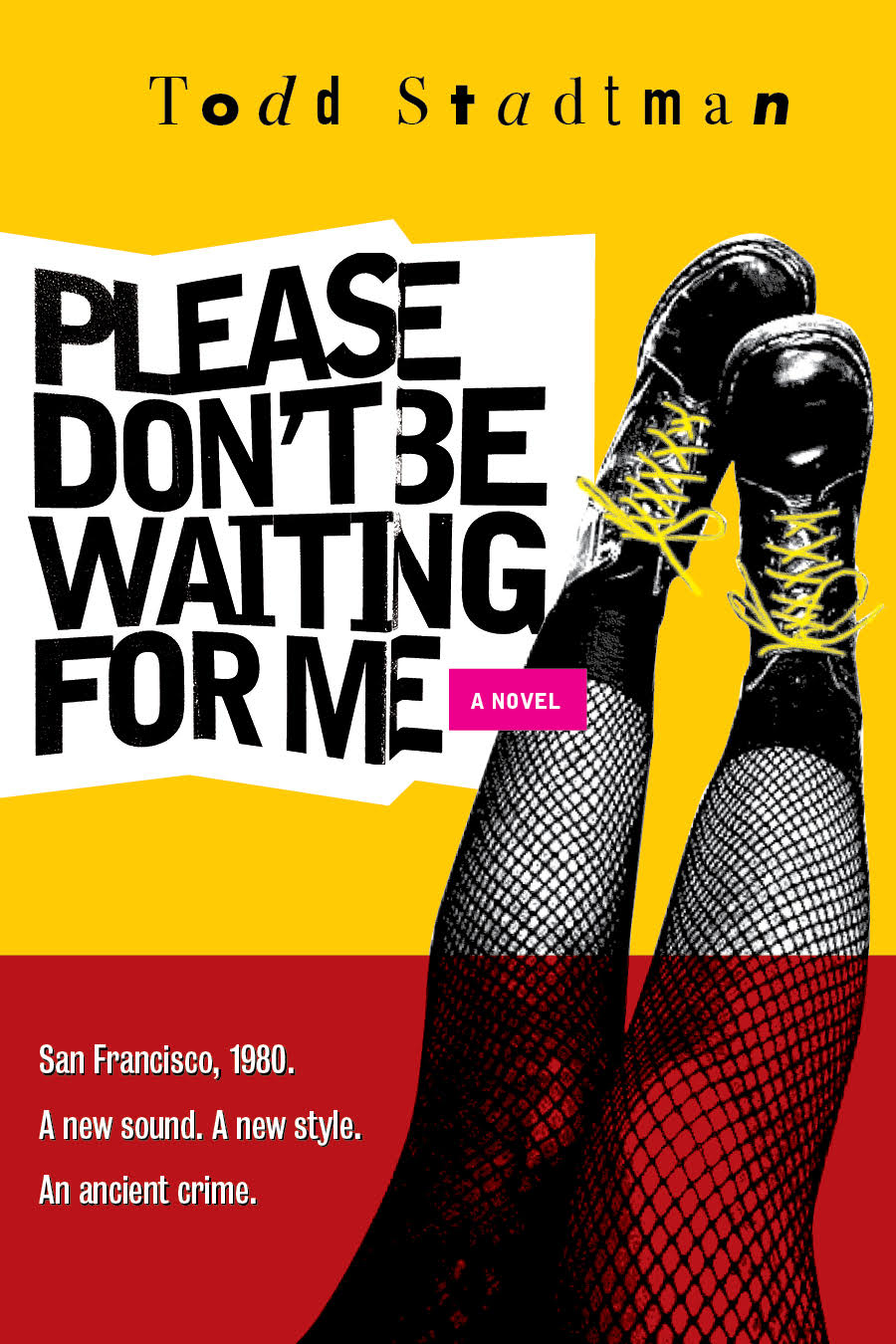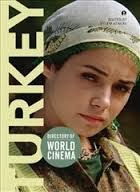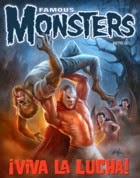
Man, there's been so much Feroz Khan up in this joint over the past month that it's starting to smell like a locker room. It's obviously long past time for me to move on to something less rugged, something less hairy... something more
feminine. After all, it's always been one of my intentions with this blog to mix things up -- and hopefully, in the process, introduce fans of certain types of world cinema to others that they may not yet have sampled (for instance, fans of
copyright-flaunting Turkish pulp cinema to
copyright-flaunting Filipino pulp cinema, or fans of
Japanese man-in-a-skeleton-suit movies to
Italian man-in-a-skeleton-suit movies.)

 Hong Kong Nocturne
Hong Kong Nocturne (1967)
So today I was thinking that perhaps the musicals of Umetsugu Inoue might provide a safe, cushiony introduction for fans of vintage Bollywood to the glories of vintage Hong Kong cinema. Granted, the films of Bollywood leave their fans with a pretty high expectation in terms of catchy, quality songs and stunning choreography, two things that are sometimes MIA in Inoue's films. But what his films may lack in terms of irresistibly catchy tunes and dazzling hoof-work, he makes up for with eye-popping color, lavish style and dazzling old-fashioned star power.
In my review of
Asia-pol, I touched upon the practice of Hong Kong's Shaw Brothers Studio of importing directors and technicians from Japan during the sixties and early seventies -- a time when the diminished fortunes of the Japanese film industry made overseas work attractive to many of its personnel. At the time Japan was Asian cinema's standard bearer in terms of craftmanship and artistry, and studio boss Run Run Shaw sensibly thought that these artists would not only improve the quality of his product in the short term, but also improve the performance of his Hong Kong-based crew in the long term through their exposure to the Japanese craftsmen's refined techniques and outstanding discipline.

 Hong Kong Nocturne
Hong Kong Nocturne (1967)
There were a number of Japanese directors who helmed multiple films for the Shaws -- often doing so under assumed Chinese names to avoid falling afoul of anti-Japanese sentiment on the part of HK's filmgoing public. But no doubt one of the most prolific was Umetsugu Inoue, who ended up directing 17 films while working exclusively for the studio over the course of several years. While other of his fellow countrymen, like the Nikkatsu-bred Matsuo Akinori, brought with them a proficiency for hardboiled action, Umetsugu had a light, whimsical touch and an obvious eye for glamour that translated into a series of lighter-than-cotton-candy musicals and youth-oriented comedies made between 1967 and 1971. While the years would see Inoue's aesthetic veer away from lush, elegantly-realized eye candy and more toward eye-straining day-glo kitsch, there is plenty of frothy fun to be found throughout his catalog.
Probably the best place to start with Inoue is his first film for Shaw, the 1967 Musical
Hong Kong Nocturne. The film starred three of the higher profile faces in the studio's touted galaxy of female stars, each departing from their usual martial arts roles to portray one of three singing sisters who decide to break up their nightclub act and pursue their own individual paths to fame. Ching Pei Pei, who had the previous year starred in King Hu's groundbreaking
Come Drink With Me played sister Chuan Chuan, while Lily Ho (
Intimate Confessions of a Chinese Courtesan,
The Lady Professional) played Tsui Tsui, and Chin Ping (
Trail of the Broken Blade) played Ting Ting. The film's show biz milieu seems to have been a frequently recurring one in Inoue's movies, and largely dictated the staging of his musical numbers, many of which are either colorful depictions of his characters' stage acts or surreal fantasy sequences. In the case of
Hong Kong Nocturne, that the plot surrounding this musical content is an admixture of family-driven soap opera, broad comedy and morality play will make this one an easy ride for Bollywood fans.

 Hong Kong Nocturne
Hong Kong Nocturne (1967)
I've been entertaining the notion that fate has cheated me out of spending my adulthood as a resident of mid-1960s Hong Kong. It's a notion that has nothing to do with reality, of course, and everything to do with my watching Wong Kar Wai movies and old classics like
Hong Kong Nocturne. In
Nocturne, the city is depicted as a bubbling metropolis whose citizens spend their nights in an endless, gin-soaked, club-hopping celebration of a life filled with glitz and unbounded possibility. Dressed with rich color and pop art lighting effects, its a vision that makes for an intoxicating visual cocktail. Tell me, who wouldn't want to just jump into the screen and join
that party?

Hong Kong Rhapsody (1968)
The songs in
Hong Kong Nocturne are mostly pleasant and fun, and don't seem to aspire to being anything more than that. Still there are no real clunkers, unlike in
Nocturne's deliciously gaudy 1968 follow-up
Hong Kong Rhapsody, which equips Peter Chen Ho with an ear-rending signature tune that, for all its royal badness, weirdly compliments the manic cheese-fest that it adorns. As for the dancing, its a bit surprising that a studio like Shaw, who was at the forefront of action choreography, would play it so safe when it came to plain old choreography choreography, but mostly what you get here is limited to lots of spokesmodel hand gesturing and standard variety-show pageantry. This would also vary according to who was being required to do the moves, be it the trained dancer Ching Pei Pei, or a less light-footed star like Betty Ting Pei, who you can practically see counting the beats in her head during some of the numbers in Inoue's 1971 film
The Yellow Muffler. In any case, perhaps such restraint is for the best, because anything more audacious might distract from these film's musical numbers' true stars: their surreal sets, which often look like hidden wings of Barbie's dreamhouse rendered life-sized.

The Yellow Muffler (1971)
Most of Inoue's films have been released on Region 3 DVD as part of Celestial Pictures' Shaw Brothers collection. However, since Celestial discontinued their Shaw Brothers releases, I've noticed that some shops have started to clearance these titles, which means they might not be available much longer. So if Umetsugu Inoue's dizzying musical landscape looks like one you might like to explore, you might want to hop on the train sooner than later.











































